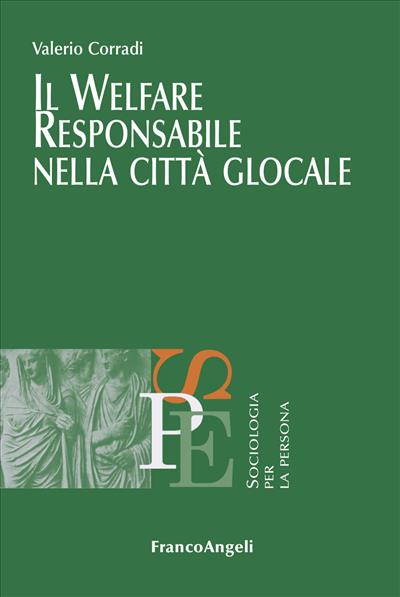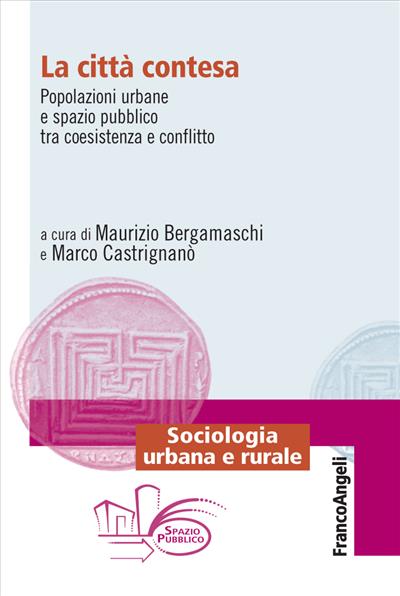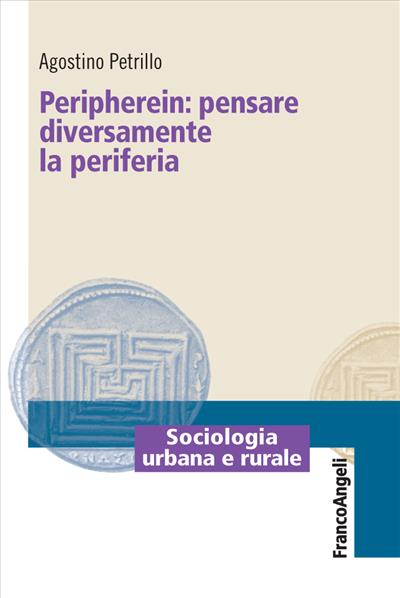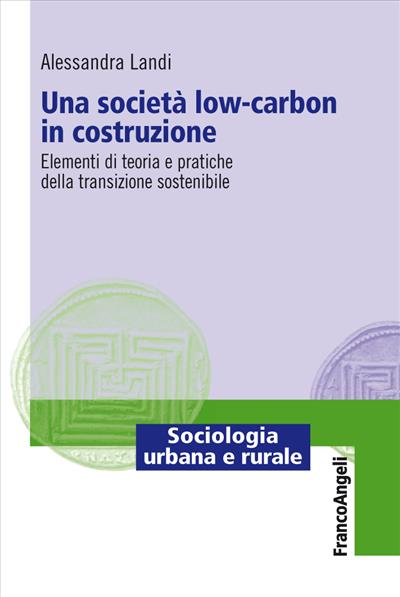
Sprawling cities in Germany
Printed Edition
18.50
Printed Edition
18.50
Pages: 112
ISBN: 9788846433732
Edition: 1a edizione 2002
Publisher code: 1561.58
Availability: Limitata




